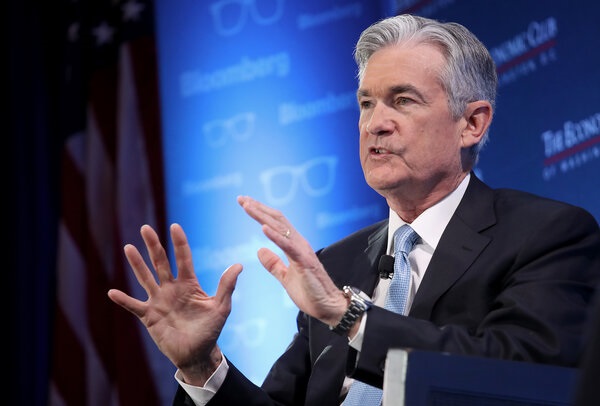The worries about quarter-end selling in global equities continued to creep in, causing equity markets to decline across the board as both Europe and US markets ended up underwater.
Basically, China delivered cuts to the 1-year and 5-year loan prime rates today, as expected but the market wants some kind of bazooka on the fiscal side as well.
It was also not clear whether these are one-off rate cuts or part of a cycle, so there is also some uncertainty. Market typically hates any type of market uncertainty.
Breaking down the losses the Euro Stoxx 600 lost -0.6% and the German DAX dropped by -0.6%. The French CAC dropped by -0.4% and the UK FTSE 100 fell -0.3%. Elsewhere, the Spanish IBEX advanced +0.1% and the Italy MIB by -0.6%.
Deutsche Bank said As you can see we’re not at early 2022 levels of overweight positioning, but the balance has shifted in recent weeks as FOMO seems to have taken over.
J.P. Morgan, another major investment said they also expects asset managers and pension funds to sell $150 billion of equities into quarter end in rebalancing towards bonds.
The Philadelphia Fed nonmanufacturing business activity index fell by -16.6 versus -16.0 in May. Also, Housing starts in the US unexpectedly jumped 21.7% month-over-month to a seasonally adjusted annualized rate of 1.631 million in May of 2023.
It is the biggest increase in housing starts since October of 2016. The reading for April was revised lower to show a 2.9% fall instead of the 2.2% increase initially reported.
Responses to this month’s Nonmanufacturing Business Outlook Survey suggest weak nonmanufacturing activity in the region. The indicator for firm-level general activity remained negative, and the new orders and sales/revenues indexes returned to negative territory. The full-time and part-time employment indexes suggest overall decreases in employment. Both price indexes decreased, with the prices received index falling into negative territory. Overall, the responding firms expect growth over the next six months at their own firms.
Housing starts in the US unexpectedly jumped 21.7% month-over-month to a seasonally adjusted annualized rate of 1.631 million in May of 2023. It is the biggest increase in housing starts since October of 2016. The reading for April was revised lower to show a 2.9% fall instead of the 2.2% increase initially reported.




